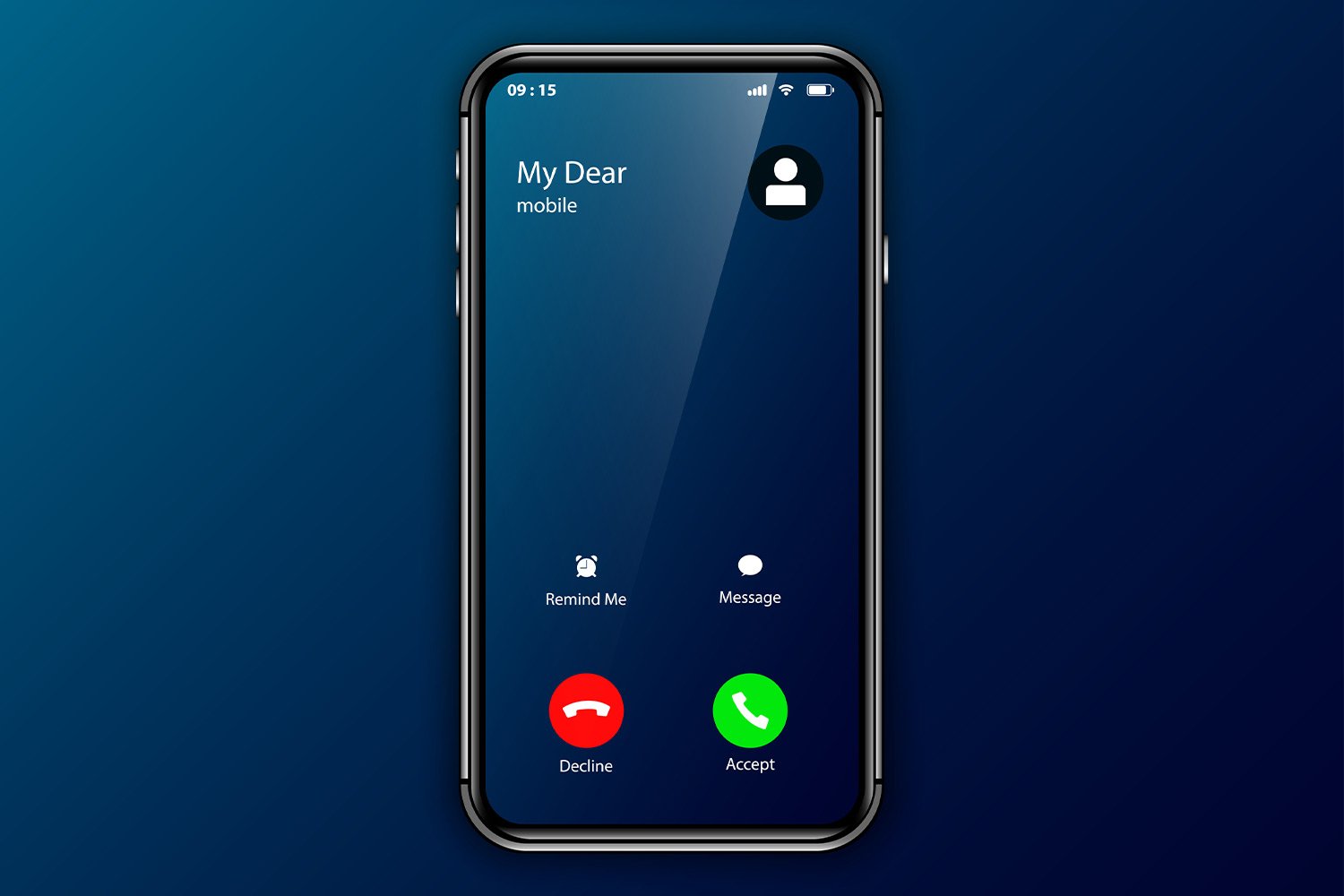Hackers and scammers are more than just a frustrating nuisance. In many cases, they can be dangerous and harmful to your privacy. Instances of cybercrime have only increased since 2019, accounting for over $4.2 billion in losses from the American people.
If you’re a victim of cybercrime or if you’ve experienced an attempted attack on your personal privacy, you can take action. Here is how you can properly get some justice against the scammers and hackers that are out to get you.
What Is Cybercrime?
Cybercrime is an illegal activity that takes place over a computer or network. Three common types of cyber crimes occur most often:
Phishing: Occurs when a hacker sends a fraudulent message purporting to be from a reputable company, like your phone or credit card company, in an attempt to gain sensitive information from you. These messages can include calls, social media messages on your Twitter, Instagram, Snapchat, or Facebook accounts, or texts.
Payment / Non-delivery: These occur when a hacker puts a product, item, or service up for sale. However, after you pay for the product using your credit card, the item never actually gets delivered to you. In most cases, it probably doesn’t even exist.
Extortion: Extortion scams are types of fraud that occur when someone blackmails or threatens you into providing some kind of payment or service.
With this in mind, cybercrimes can take many forms, so it’s difficult to pinpoint exactly when a crime occurs. These crimes can also take the form of a phishing virus that leads to credit card fraud or identity theft.
As a rule of thumb, use your best judgment. If you’re ever suspicious of a text, email, or phone call, don’t interact with it until you can find out more information in regards to the sender’s credibility. Always try to visit secure websites with an HTTPS lock, and never give strangers control of your account.
How to Report Scams and Cyber Crimes
If someone were to steal your wallet on the street, that’s a clear crime. The same is true if someone tries to steal information from you on the internet. And for that reason, the government makes it so that you can easily report hacking, fraud, and other internet-related crimes if they ever happen to you.
It can be difficult to determine the appropriate law enforcement agency to report cybercriminals. In the United States, if you’ve been the victim of a scam or fraud and it hasn’t put you in immediate danger, start by reporting it to your state’s consumer protection office. You can do this in person or through their official websites. You’ll also want to file a report with your local police if your scam involves stealing money or other possessions. Many have an online form or support team that can help you make your complaint. If that doesn’t succeed, you should move on to filing a report to a federal law enforcement agency.
For minor disturbances that are not immediate emergencies, your first course of action should be to report the instance to the Internet Crime Complaint Center. This government-run resource uses crime reports for investigative and intelligence purposes. This official government organization might be able to help locate the individual that scammed you in order to prevent a similar fate from happening to someone else.
However, if the cybercrime is severe, such as network intrusion, data breach, or a ransomware attack, you can report it at tips.fbi.gov or on the Action Fraud website. You may also go to your nearest Federal Bureau of Investigation (FBI) field office and file a claim in person. The Department of Justice (DoJ) also handles some individual complaints.
Note that neither of these options is appropriate for life-threatening situations, so if you are in immediate danger, contact 911.
Other countries such as the United Kingdom and Australia have their own gov websites for reporting fraud, which can be found through a simple Google search.
Reporting Common Scams
While many scams or cybercrimes can be frustrating, not all of them warrant an FBI investigation. For instance, if you receive a spam text, there are ways to go about avoiding them without the process of filing a full police report.
The Federal Trade Commission is an agency that collects spam reports and uses them to try to pinpoint the source of common fraudulent activity. They won’t be able to resolve your individual issue, but the information you provide will help investigate and bring about cases of fraud.
What Happens After I Report a Hacker?
When you report a cybercrime to the FBI, there are a number of trained squads who are specially educated to tackle cyber threats. The National Cyber Investigative Joint Task Force leads more than 30 agencies countrywide, and they'll center on key cyber threat areas to try to find the source of some of the most pressing internet crimes.
Additionally, the information you give to government agencies lets them track scam patterns, which makes it easier for them to identify the source behind many hacking or scamming activities. They might even be able to take legal action against a company or industry based on the types of reports coming in.
However, something to note is that many of these agencies don’t follow up with you after you make the report. That means they’re not likely to be able to recover lost money either. With that said, you should stay in communication with your government office to see what actions you may be able to take in order to get back what you’ve lost.
How to Avoid Scams and Cyber Crimes
Reporting cybercrimes is easy, but avoiding them is even easier. Not to mention, preventing these types of attacks can save you a lot of stress in the future.
A great way to reduce your risk of cybercrime and hacking is to use strong passwords. Hackers use special services to automatically input usernames and passwords into websites and applications in the hopes of gaining access to your personal information. The simpler your password, the easier it is for them to get in.
Use different passwords across different websites, and try to make them complex. This means using a combination of at least ten letters, numbers, and symbols. Keep a paper record of your important passwords so that no one can gain access to them through the internet.
Also, you can get an application to help block unwanted calls and texts so that you don’t run the risk of accidentally giving a scammer some personal information. Firewall creates a whitelist based on your contacts, giving you total control over who is allowed to ring through.
It reveals who’s calling you, whether it’s a robocall or telemarketer so that you can make an informed decision before answering the phone.
Finally, a simple trick to cut back on hacking is to keep your software updated. A lot of people are skeptical of software updates because they fear that the application will no longer work as expected; this is a risk.
Developers push out software updates when they discover vulnerabilities within the application. So if you don’t update, you’re potentially putting yourself in danger of being hacked.
Conclusion
Scams and other types of cybercrime are becoming increasingly common. And while it’s important to understand and recognize the three main types of scams, there are times when things might slip through the cracks. If you’ve become a victim of hacking, there are steps you can take to report it.
First, start at your local government’s consumer protection office. Then, go to the federal government and file a claim with the FBI. For minor inconveniences like spam calls and texts, you can fill out a claim with the Federal Trade Commission to alert them of this type of activity.
You can also try to avoid scams from happening in the first place by using strong passwords, blocking spam calls, and keeping your software up to date.
Try Firewall free for 14 days and see how it helps prevent scams.
Sources:
IC3 Releases 2020 Internet Crime Report | FBI




















